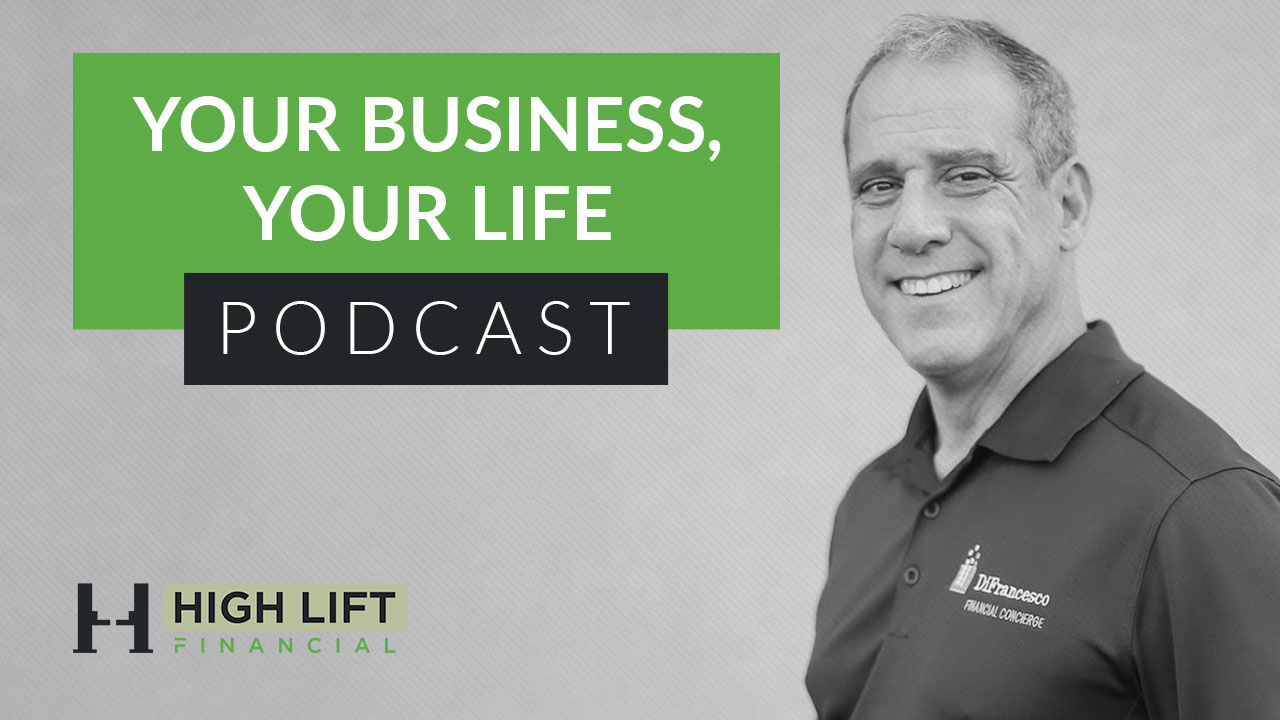In the world of business ownership, planning is not just about growth and success; it’s also about ensuring that the business can withstand unforeseen challenges.
This is where “Owner-Based Planning” comes into play—a structured approach that focuses on business continuity, building business value, and minimizing risks.
In this three-part series, we will explore each of these components, starting with the crucial first step: ensuring business continuity.
If you plan to sell your business soon and need an exit strategy, schedule a free 20-minute conversation with Matt DiFrancesco. Discuss your vision and find out how you can adjust the nuts and bolts of your business and life to become prosperous.
What is Business Continuity?
Business continuity is a strategic plan that prepares a company to maintain essential functions during and after a disaster, whether that’s the sudden loss of a key employee, a natural disaster, or the unexpected death of the owner.
Imagine the worst-case scenario—what would happen to your business if you were suddenly no longer there? What impact would this have on your family, employees, and clients? Without a continuity plan in place, the fallout could be catastrophic.
A real-world example illustrates this point: A business owner, seemingly in good health, tragically passed away from a heart attack at just 52 years old. He had no business continuity instructions in place. The aftermath was disastrous—key employees panicked and left, the business was sold for a fraction of its value, and his family, who had been living comfortably on $300,000 a year, saw their income plummet to $100,000.
This situation emphasizes the importance of business continuity planning in safeguarding both the business and the family’s financial future.
The Four Pillars of Business Continuity
- Business Continuity Instructions
- Properly Written Buy-Sell Agreements
- Key Person Protection
- Succession Management Planning
Each of these components plays a critical role in ensuring that your business can continue to operate smoothly, even in the face of unexpected events. Let’s break down each of these areas.
1. Business Continuity Instructions
Business continuity instructions are essentially a roadmap for your family and key employees to follow in your absence. This document should cover the “who,” “where,” and “how” of business operations:
- Who needs to be contacted? List key contacts such as your exit planning advisor, CPA, attorney, key vendors, and significant customers. These individuals will play crucial roles in maintaining the business and handling the transition.
- Where are the essential documents? This includes corporate documents, insurance policies, the combination to the safe, and the passwords for critical websites. Knowing where these documents are stored is vital for ensuring that your business continues to run smoothly.
- How should they proceed? Provide step-by-step instructions for handling various aspects of the business, from managing finances to communicating with clients and vendors. The goal is to minimize confusion and ensure that your team can act quickly and effectively.
These instructions are designed to address both the potential loss of financial capital and the family’s needs. By providing clear guidelines, you can prevent a tragic event from leading to financial ruin for your loved ones and the business.
2. Properly Written Buy-Sell Agreements
A buy-sell agreement is a legally binding contract that outlines what happens to a business owner’s share in the business if they die, become incapacitated, or otherwise need to leave the company. Whether or not you have a partner, it’s essential to have a buy-sell agreement in place.
- Review Regularly: A buy-sell agreement should be reviewed every three to five years. Circumstances change, and an outdated agreement can lead to significant problems.
- Include Various Scenarios: Many buy-sell agreements only address what happens in the event of death or incapacity, but it’s also important to consider other scenarios like divorce, bankruptcy, or irreconcilable differences between partners.
- Avoid Cookie-Cutter Valuations: A common mistake is relying on generic valuations that don’t accurately reflect the business’s worth. Proper valuations should be conducted regularly to ensure the agreement reflects the true value of the business.
3. Key Person Protection
Key person protection involves safeguarding the business against the loss of an owner or a key employee. This is typically done through key person insurance, which provides the company with financial compensation in the event of the insured person’s death.
- Key Man Insurance: This type of insurance can help cover the costs of hiring a replacement or paying off the owner’s family. For example, if a key employee who is integral to the business’s success suddenly passes away, the insurance payout can be used to stabilize the business and ensure its continued operation.
- Incentive Plans: In some cases, a business owner may wish to gradually transfer ownership to a key employee. However, if that employee lacks the funds to buy into the business, an incentive plan can be created. This might include cash bonuses or stock options that are vested over time, providing the employee with ownership stakes as they continue to contribute to the company’s growth.
- Self-Financing Through Continuity Plans: A well-structured continuity plan can also become self-financing. For example, if a business owner wants to ensure that a key employee can take over the business after their death, they could set up a life insurance policy that provides the funds necessary for the employee to buy out the owner’s family, thereby securing full ownership.
- Succession of Management Plans: This plan involves identifying and training successors for key roles within the business. This process is essential for maintaining continuity and ensuring that the business can continue to operate even if key employees are no longer available.
4. Estate Planning and Corporate Structures
Estate planning is a critical component of business continuity. It ensures that your personal and business assets are protected and transferred according to your wishes.
- Will, Power of Attorney, and Medical Directives: At a minimum, every business owner should have a will, power of attorney, and medical directives in place. These documents are essential for managing your affairs if you are incapacitated or deceased.
- Trusts: Trusts are excellent vehicles for protecting assets and avoiding probate. For example, if you own properties in multiple states, placing them in a trust can prevent the need to open an estate in each state, which can be both time-consuming and expensive.
- Proper Corporate Structures: The type of corporate structure you choose—whether a sole proprietorship, S Corp, or C Corp—can have significant tax implications and affect how your business is transferred to the next generation. For example, if you plan to transfer ownership to family members, a C Corp might be advantageous due to its favorable capital gains tax treatment for stock transfers.
Conclusion
Ensuring business continuity is the first and most crucial step in owner-based planning.
By addressing these four key areas—business continuity instructions, buy-sell agreements, key person protection, and estate planning—you can protect your business, employees, and family from the potential chaos that can arise from unexpected events.
In the next part of this series, we will discuss the second step of owner-based planning: building business value.
Have you ever wondered what would happen to your shop if you weren’t there to lead it?
Imagine this: Your business is thriving, your customers are satisfied, and your employees are dedicated.
But what if the unexpected happens? Are you confident that your business could continue to operate smoothly without you?
At High Lift Financial, we understand that your collision shop is more than just a business—it’s your legacy. That’s why we specialize in helping shop owners like you develop a comprehensive Business Continuity Plan.
Our goal is simple: to protect what you’ve built and that it remains strong, no matter what challenges arise.
Take control of your collision shop’s future. Contact us today for a free strategy consultation and learn how High Lift Financial can help you build a robust Business Continuity Plan tailored to your collision shop’s needs!
Here are other resources related to this topic that you may want to check out:
Disclaimer
All information is obtained from sources deemed reliable, but not guaranteed. No tax or legal advice is given nor intended. Content provided herein or on our website should not be construed as an offer for investment advice or for securities, insurance, or other investment products. Investments involve the risk of loss and are not guaranteed. Consult a qualified legal, tax, accounting, or financial professional before implementing any investments or strategy discussed here.
Investment advisory services from High Lift Financial are provided through Cornerstone Planning Group, LLC, an independent advisory firm registered with the Securities and Exchange Commission.


